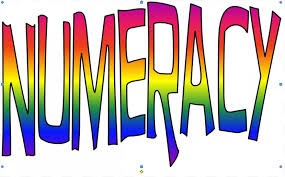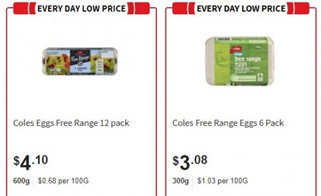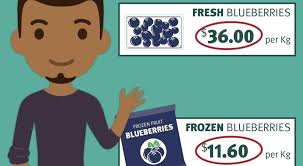In the Kitchen Edition
Our numeracy newsletter articles aim to bridge the gap between the classroom and your home, helping you to support your child’s numeracy understanding in a fun and engaging way. Numeracy goes beyond just addition and subtraction. It’s about applying Math’s concepts to solve problems and make sense of the world around us. Through these newsletter articles, we hope to provide families with some helpful hints and tips to increase their numeracy skills.
In our previous articles, we focussed on numeracy activities that could be done over the long weekend and had an end-of-financial-year focus. We are looking at numeracy ideas with shopping and cooking at home with this edition.
Cooking
The kitchen has lots of practical numeracy opportunities. Here are some ideas for families to incorporate numeracy into your daily routines:
- Cooking and Baking:
- Measuring ingredients: Practice fractions, decimals, and units of measurement.
- Doubling or halving recipes: Explore ratios and proportions.
- Baking time conversions: Practice converting minutes to hours and vice versa.
- Temperature conversions: Learn about Celsius and Fahrenheit.
- Cost per serving: Calculate the cost of each meal or snack.
- Food Storage:
- Expiration dates: Practice calculating the number of days until food expires.
- Portion control: Estimate serving sizes and practice division.
- Food waste reduction: Calculate savings from reducing food waste.
Fun Fact – USA vs AUS tablespoon size:
In Australia, the standard tablespoon measure holds 20ml or 4 teaspoons. However, in the US, UK and New Zealand a tablespoon holds 15mls or 3 teaspoons. More often than not it is the 15ml tablespoon sold in local Australian kitchenware stores while Australian recipes are written using the 20ml tablespoon.
If you haven’t already, check the size of your measuring spoon and note it when using it in the future, adjusting the quantities if necessary. It won’t make a big difference when you are measuring ingredients such as flour and sugar, but if you measure concentrated ingredients such as baking powder or yeast, it can cause real imbalances in your baking.
Converting recipes in USA measurements:
A great numeracy activity to do at home is to consider the conversion of an American recipe to Australian measurements. Here is a useful website to convert between different measurements for recipes that are written in pounds and ounces: https://convertrecipe.com/convert_US_to_Australian.php
Grocery Shopping
In our last article on 21st June, we talked about unit prices and finding the best bargain in the sales. These can apply to everyday grocery shopping as well.
- Budgeting:
- Create a shopping list and allocate a budget.
- Compare prices and find the best deals.
- Use coupons and calculate savings.
- Estimate the total cost of groceries.
- Sales and Discounts:
- Calculate percentage discounts and savings.
- Compare prices before and after-sales.
- Healthy Eating:
- Calculate nutritional information per serving.
- Compare different food labels to make healthy choices.
- Unit Pricing:
- Compare prices per unit (e.g., price per kilogram) to find the best value.
- Calculate the unit price of different products.
How is unit pricing measured?
Here are the standard unit price measurements for various types of grocery items…
Remember to always check and consider the unit price…
Compare like products and save money…
Remember
These activities don’t have to be complex.
- Start with age-appropriate challenges and gradually increase the difficulty as your child’s skills develop.
- Most importantly, keep it fun and engaging.
By incorporating numeracy when cooking and doing grocery shopping, you’ll be helping your child develop valuable math skills while saving some money for the family.
Mrs Tijtje Keatley and Ms Cassie Morris
Learning Specialists



